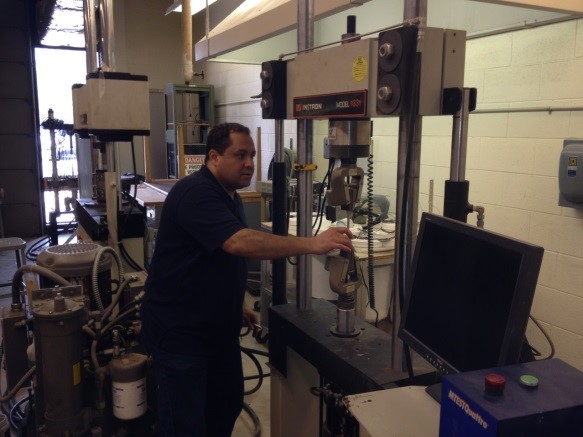Material failure is studied with novel Big-Data analyses (Dr. Gary Qi and Dr. Steve Wayne)
Analytics of 'Big Data' has been so promising and useful that it is thought to be a frontier for innovation, competition, and productivity in business. The concept of big data is not new in the fields of traditional science and engineering since engineers and scientists have been dealing with it for many generations. Scientific and engineering data are not only big, but also rich in source physics that differs primarily from that in business.
In the Nondestructive evaluation studies of material failure, events of random damage are the ultimate consequence of applied stress/strain. The ensemble of these events constitutes the so-called "Big Data' of material damage, and the data sets establish an information infrastructure.
The ensemble of damage events manifests the source physics, becoming the basis to quantify and classify types of failure mechanisms. Data enabled digital analytics of material failure is presently in its infancy. Our research is establishing a framework of data-enabled science for mining the imbedded information of material failure data by multivariate statistics and data mining methodologies. Thus far we have introduced the concepts of a 'consequence-driven' paradigm and the 3S principles of data-enabled NDE, and established a multivariate data matrix of random damage. A series of statistical and numerical methods has been introduced to enable analyses of such data taken from typical engineering materials. Our efforts continue in this emerging field of data enabled NDE
 |
Fig. Material damage testing, “Big data” source physics and its Nondestructive methods of detection.


